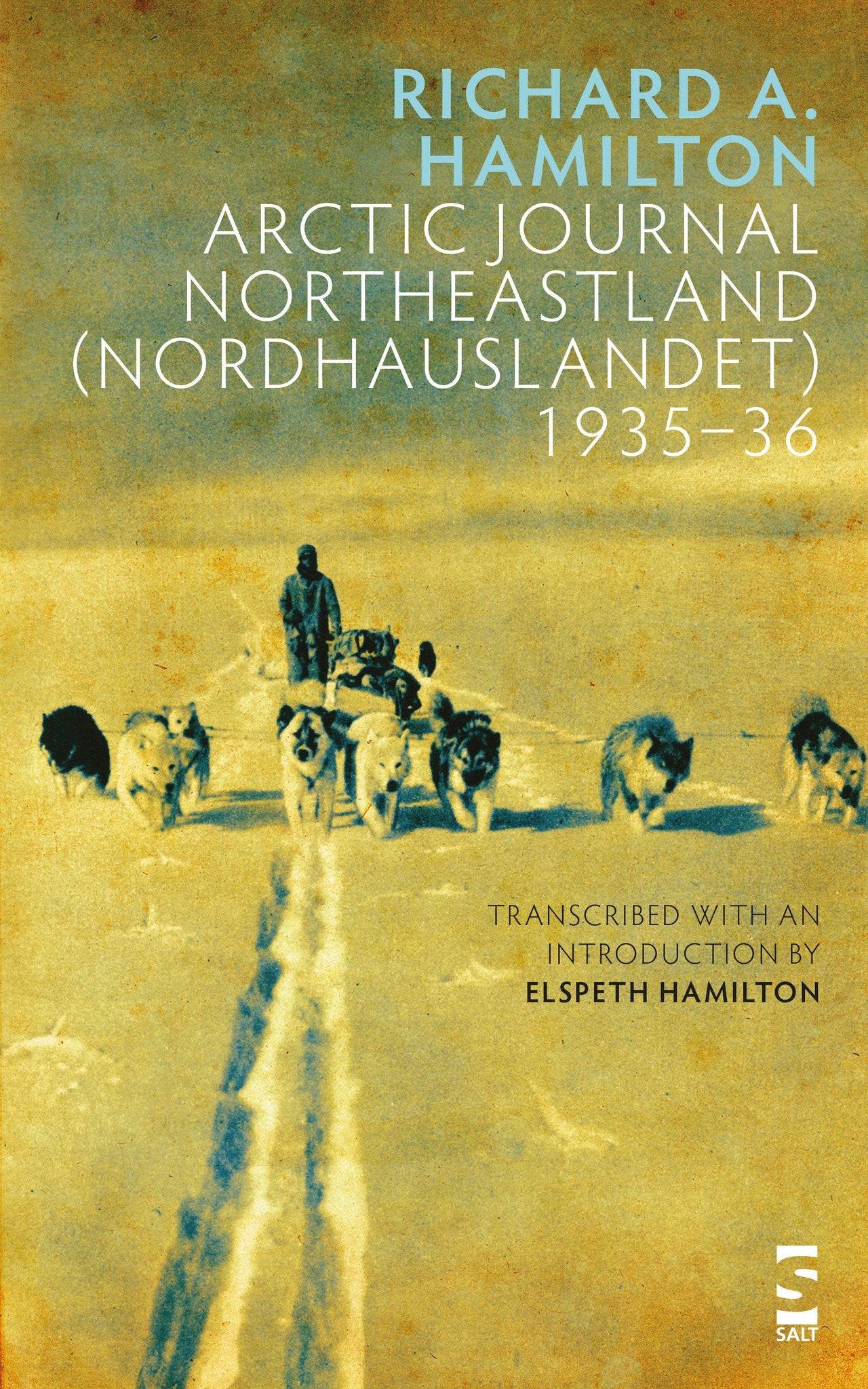Richard A. Hamilton
Arctic Journal Northeastland (Nordhauslandet) 1935–36
Arctic Journal Northeastland (Nordhauslandet) 1935–36
ISBN:9781844719143
Couldn't load pickup availability
Synopsis
Richard Hamilton had just graduated from Oxford University with first class honours when he joined the 1935–36 Oxford University Arctic Expedition to North East Land (Nordaustlandet) in the Svalbard archipelago.
As well as the research into conditions at the ice-cap, the aims of the expedition were several: to survey the coasts, starting with the west coast in the first summer, to study the geology and biology of the island, and to carry out investigations into the ionosphere. Meteorological readings were to be taken at the Base three times a day throughout the twelve months of the expedition. These were transmitted to a Norwegian Government station on Bear Island — a tiny island mid-way between Spitsbergen and the Norway mainland — and thence to Norway then England, and included in the forecast systems of various countries. The power for this transmission was generated by bicycle dynamo. Further research was to be carried out into terrestrial magnetism, atmospheric ozone and also aurora.
Reviews of this Book
‘In the 1930s scientific expeditions were dispatched all around the world from British universities. One of the less known, but nonetheless important trips, was one made by ten men to North East Land, a huge ice cap north-east of Spitsbergen, part of the Svalbard archipelago. Its an empty land, populated by bears, seals and in the spring and summer some birds. The team was there to map, observe and experiment. One of the members, and the team's physicist was Richard A. Hamilton. Later a well known scientist in 1935 he had just graduated from Oxford. His observations in Northeastland helped scientists understand the propagation of radio waves in the upper atmosphere – crucially important as radio became a global form of communication.’ —Resolute Reader
Product Details
Extent: 280pp
Format: Paperback
letters & journals
Publication Date: 05-Nov-12
Publication Status: Active
Subject: Diaries
Trim Size: 203 x 127mm


